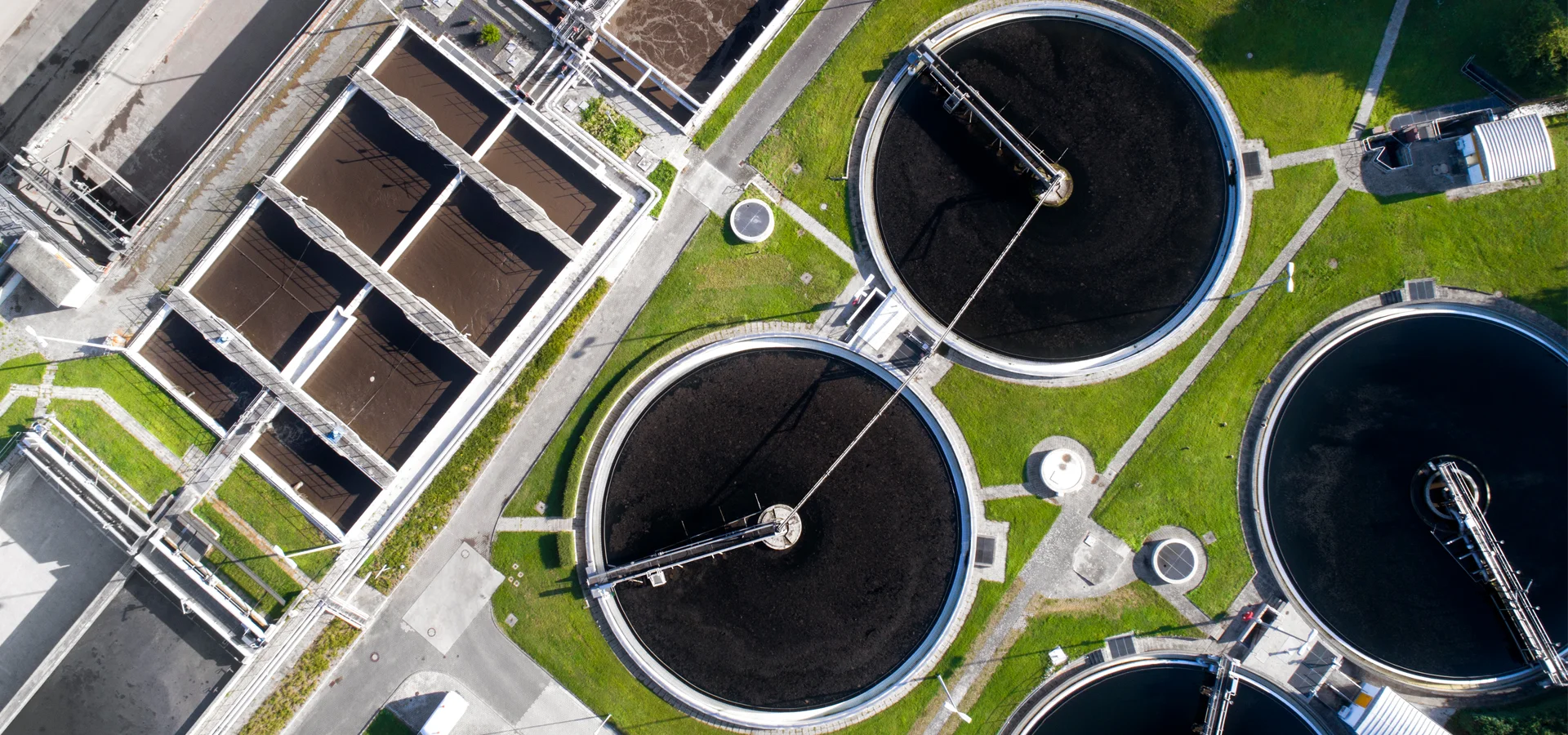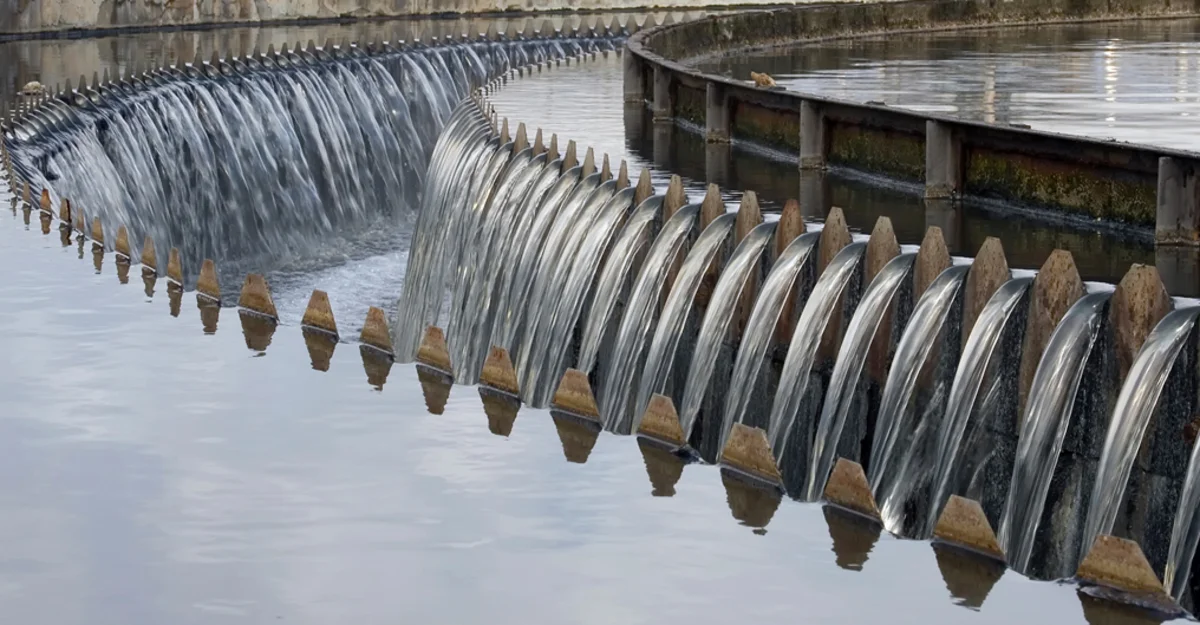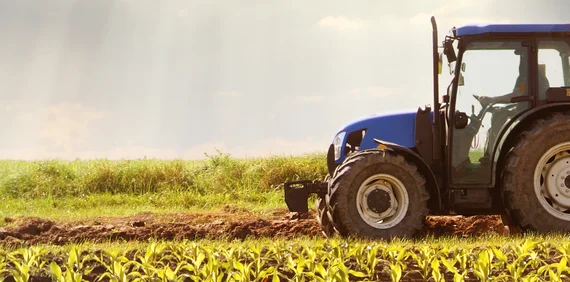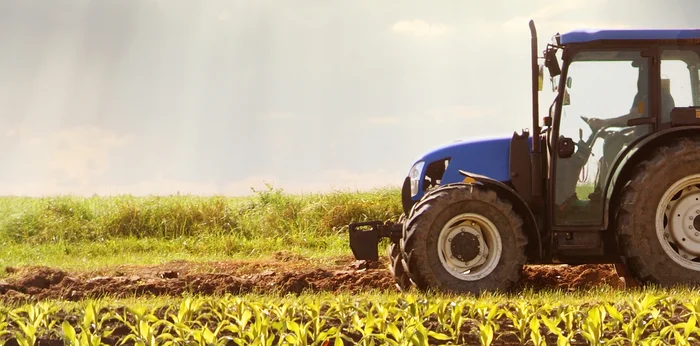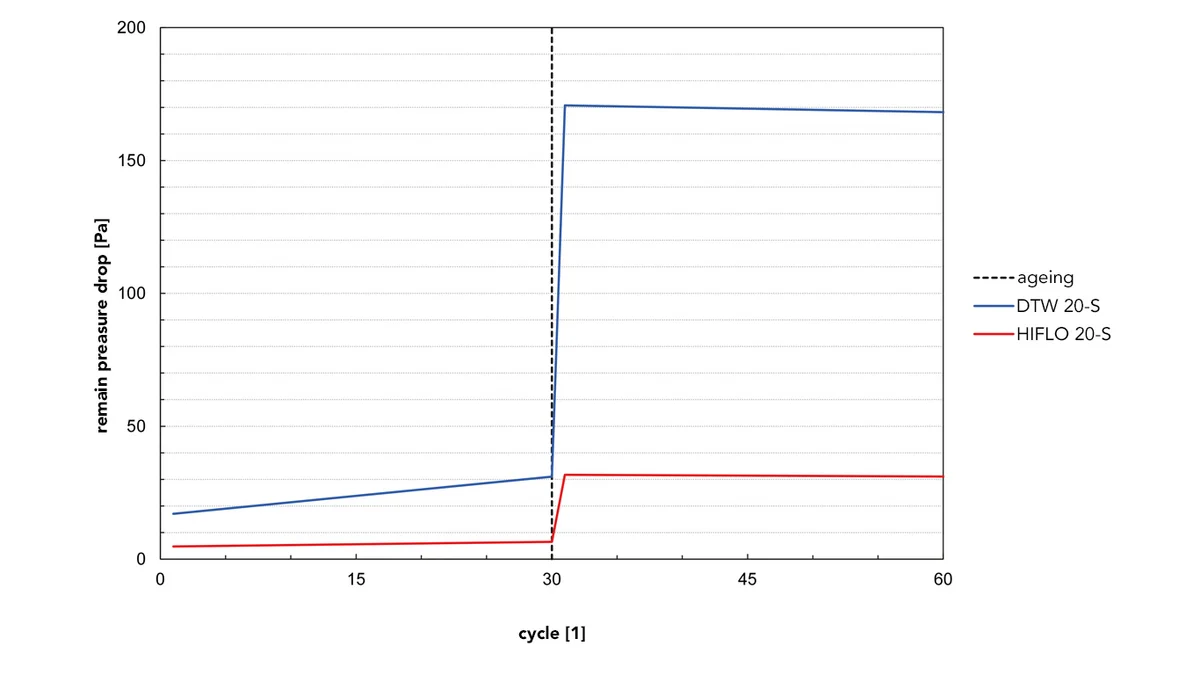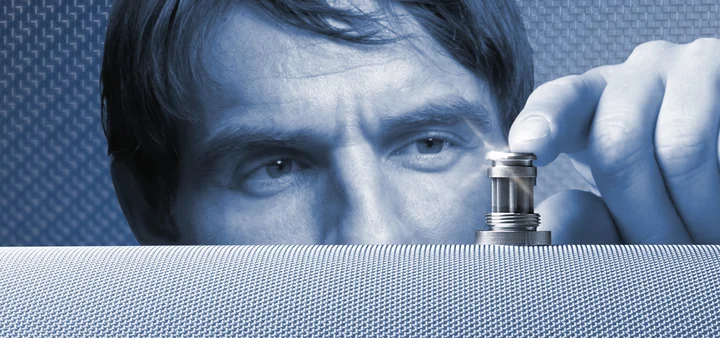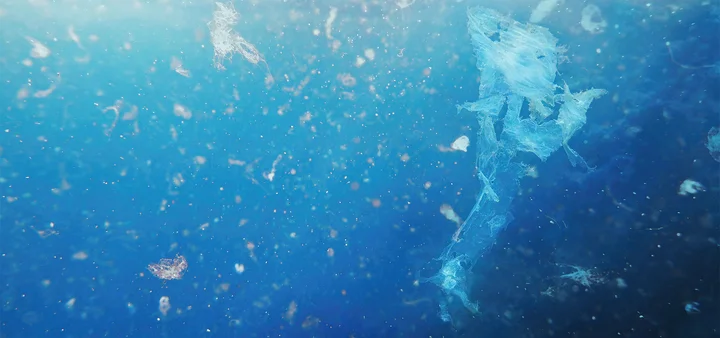Treatment of household and industrial wastewater
The engineers responsible for the planning and design of municipal wastewater treatment plants, as well as the engineering companies commissioned with the development of the filter systems, bear an enormous responsibility. They must ensure the responsible use of this valuable resource, especially at a time when the availability of water of drinking quality is becoming increasingly important!
Nine billion cubic metres of water! This is the amount of wastewater recorded in Germany in 2019. This quantity of wastewater consists of household and industrial wastewater (57%), infiltration water (17%), and rainwater (26%). Since, according to the Water Resources Act (WHG), pollutants contained in wastewater must be reduced to the extent permitted by state-of-the-art technology, most of the wastewater ends up in public sewerage systems, i.e., in about 9,000 wastewater treatment plants nationwide.[1][2]
Reliable mechanical filtration solutions play a crucial role in this context. We will address these solutions in more detail later under the heading "Success factors for the optimal design of a wastewater filter."
1. Functioning of municipal wastewater treatment plants
We would like to take a closer look at the route that wastewater takes in municipal wastewater treatment plants in order to ultimately transform it into drinking water and, above all, which filtration and separation processes are integrated into the individual treatment stages, based on the example of a commonly used principle of operation: wastewater treatment through mechanical, biological, and chemical purification processes.
Mechanical cleaning
First clarification stage
The wastewater treatment starts with a coarse rake or screen, which retains coarse contaminants. The primary purpose is to not only relieve the burden on the downstream stages but also protect downstream machines and systems. A grit and grease trap not only removes mineral impurities such as fine grit and glass fragments from the wastewater but also oil and grease floating on the surface of the water. A reduction of the flow rate in the primary clarifier allows settleable solids or suspended matter such as faeces and paper, to settle.
Microplastics everywhere
Avoidance of fine particles in fertilisers
In the past, sewage sludge was primarily used as fertiliser in order to conserve the phosphate resources so important in the field of agriculture.
However, since it also contains inorganic pollutants as well as nanoparticles and microplastics, sewage sludge from wastewater treatment plants, which treat the wastewater of municipalities with more than 50,000 inhabitants, may only be used untreated as fertiliser until 2032 at the latest.[4]
2. Mechanical cleaning of wastewater with the aid of micro-screening systems
A vast amount of energy is required for this extensive wastewater treatment process. Around 1000 watts of power are necessary to clean one cubic metre of wastewater. And since, at the same time, each cubic meter contains 4000 watts of energy, a sewage treatment plant could generate more energy than it actually uses.[5] In order to be able to exploit this potential in the best possible way, micro-screening systems are already being used in various test series in the mechanical cleaning process. They filter out a maximum proportion of solids even before the actual wastewater treatment process. The sewage sludge obtained is used in biogas plants, for example, where it ferments in the absence of atmospheric oxygen and contributes towards energy production.[6]
2.1 Characteristics of a micro-screening system
Maximum permeability must be ensured
To achieve maximum effectiveness, micro-screening systems must have the highest possible filter fineness on the one hand but also be able to withstand mechanical and chemical stresses on the other. The mechanical stress results from regular high-pressure cleaning and the cavitation effect caused by the alternating forces of the positive and negative pressures.
The purpose of chemical cleaning processes is to prevent organic growth. The frequency of the cleaning cycles depends on the blocking tendency of the filter medium.
2.2 The system type defines the filter element
Cylinder, screening mesh, or filter plate
Irrespective of the filter shape, the following properties offer optimal utilisation of the micro-screening systems:
- Ultra-fine pore sizes to retain suspended organic matter, fines, bacteria, grit, and even the finest microplastics
- Maximum flow rates and minimum pressure loss despite small pore sizes
- Optimal dirt-holding and cleaning performance
- Stability and corrosion resistance
3. Optimal design of a mechanical treatment filter
Precise mechanical filtration of the water is a decisive factor in also achieving efficient and, thus, economical, but above all, sustainable treatment processes when treating water - this also applies to wastewater. The more solids, including the finest of microplastics, that can be separated directly, the less space and energy is required for the previous intermediate and downstream clarification processes.
It is the interaction of the functional properties that makes metal wire mesh virtually unbeatable for use in water filtration, as it has clear advantages even under extreme ambient conditions and as regards its process reliability.
Metal wire mesh is produced from a predefined combination of warp and weft wires, which result in different mesh patterns depending on the choice of wires and the shape of the mesh. Above all, they are exact geometric structures whose pore sizes and, thus, the material and flow properties can be precisely defined.
By selecting the type of weave and the material, the mechanical, chemical, and physical properties of the filter mesh can be adapted to the requirements of each application.
Sample cards show tried and tested metal mesh specifications
3.2 Success factors of "Metal mesh filter for wastewater treatment"
When planning and developing a mechanical filter element for use in sewage treatment plants and thus in a generally automatic self-cleaning system, the greatest challenge lies in the consideration and combination of, to some extent, the following conflicting factors: flow rate, filter fineness, and selection of materials. With wire mesh as the filter medium, you can optimally influence these areas of conflict and contribute towards future-oriented wastewater treatment.
The ideal combination of flow rate and dirt holding
Top of the wish list of every machine manufacturer is the highest possible flow rate to ensure fast and energy-efficient removal of unwanted dirt particles from wastewater. A low blocking tendency additionally reduces the risk of organic growth (e.g., algae), which occurs when water remains standing over a long period of time.
Both properties are crucial for the efficiency, safety, and stability of filtration processes, as cleaning intervals can be extended, and the mechanical stress and exposure to chemicals associated with cleaning can be reduced. A longer service life of the filter elements also contributes to a reduction in operating and total costs.
Even in processed form, metal wire mesh offers consistent filter performance over the entire filter area and the associated maximum flow rate. It is also a very durable and easy-to-clean filter medium.
A distinction is made between open square or rectangular mesh and a seemingly closed Dutch weave. It is obvious that open meshes have a higher flow rate than what is referred to as the Dutch weave. In light of this, however, it is important to take the stability of the mesh into account. Since the woven wire of square or rectangular mesh is usually smaller than the desired mesh size (e.g., 25 µm), the mesh loses stability in conjunction with the decrease in filter fineness.
For this reason, many manufacturers of filter systems, therefore, choose an extremely selective MINIMESH® plain Dutch weave for the heart of their system – namely, the filter layer. Impressive is the constantly high flow rate thanks to its optimal dirt holding and cleaning capacities as well as a consistently great strength.
The underlying structure of the MINIMESH® RPD HIFLO-S weave is unbeatable regarding this interaction. To withstand the cavitation effect, the filter layer can be supported if required with optimally adapted protective and support screens. Depending on the mechanical requirements and the economic preconditions, the composite may consist of tightly fitting individual layers or even wire mesh laminate.
Filtration of solids ≥ 5 µm
Initially, the correlation between pore size and filter performance was more than obvious: the finer the filter mesh, the higher the proportion of foreign particles retained and the "cleaner" the water after filtration.
But above all, the location of the filter element is decisive for the selected pore size. It defines the individual parameters, such as the flow rate and the required stability within the scope of upstream and downstream processes. Depending on the requirements, a geometric pore size of up to 5 µm is recommended to ensure the best possible separation of suspended organic matter, fines, bacteria, grit, and microplastics.
The warp and weft wires of the MINIMESH® plain Dutch weave primarily used for the filter layer are laid as close together as possible (zero mesh). The weave has a pore channel instead of a mesh. Here the fineness of the filter is measured based on the geometric pore size.
As well as its high selectivity and precise filter characteristics, the MINIMESH® plain Dutch weave has the following advantages compared to alternative filter materials:
- flow-optimised mesh structure
- high flow rate
- easy cleaning
- low blocking tendency
- long filter service life
The special mesh structure of MINIMESH® RPD HIFLO-S allows for a significantly higher number of pores within the same amount of space as a comparable standard weave, thereby achieving a higher, up to double, flow rate.
The weaving technology of this mesh type makes it possible to calibrate the pore size from 40 µm to 5 µm as required within a batch.
Corrosion resistance and the suitability for welding are what count
Once a filter element made of metal wire mesh has been selected, the next step is to identify the geometry and design and then define the material. By no means are all stainless steel alloys suitable for water filtration.
Undisputed is the corrosion resistance that a filter must have in conjunction with water. A filter must also be resistant to various chemicals – be it the components used in the wastewater treatment process or substances contained in the yet untreated wastewater.
Similarly relevant are the welding properties of a material, as prefabricated filter elements are often used, which are held dimensionally stable in the desired shape with the help of this joining technology. During the joining process, the material is subjected to temperatures of more than 450°C, which can lead to intergranular corrosion in the heat-affected zone (HAZ).
MINIMESH RPD HIFLO-S Dutch weave can be made of comparatively heavy wire. This means that even special materials that were previously impossible in the small pore range, such as Alloy 310 S, Avesta 254 SMO (1.4547), Inconel 600, Superduplex, Duplex, Hastelloy C 22, or titanium, can be woven.
As a result, a wider range of corrosion- and temperature-resistant filter mesh with pore sizes < 40 µm is now available for the first time.
It is no secret that metal mesh filters are often associated with higher procurement costs than filters made of PES or PP. Nevertheless, the best possible combination of the previously indicated success factors, paired with technical expertise in the production and further processing of metal wire mesh, makes the long-term use of low-maintenance filter elements possible.
Additional expenditures incurred for cleaning or even purchasing new filters, production downtime and disposal are minimised versus less stable filter media. This has a positive effect on total costs and process results in the medium to long term.
In addition, the versatility, regenerability, and recyclability makes the wire mesh filter medium the ideal solution for the treatment of household and industrial wastewater.
Don’t hesitate to approach us with your project ideas and challenges. Let’s make the world a bit cleaner and more sustainable!
Sources (March 2023):
[1] cf. Umweltbundesamt (Federal Environmental Agency): “Öffentliche Abwasserentsorgung“ (Public wastewater disposal), January 2023
[2] cf. BMUV: “Abwasser” (Wastewater, June 2017
[3] cf. Wasser 3.0 (Water 3.0): "Funktionsweise einer Kläranlage” (How a wastewater treatment plant works), not dated.
[4] cf. Umweltbundesamt (Federal Environmental Agency): "Klärschlammentsorgung in Deutschland" (Sewage sludge disposal in Germany), March 2019
[5] cf. Hoyer, Jens: “Die Kläranlage der Zukunft” (The wastewater treatment plant of the future), Sächsische.de, March 2017.
[6] cf. Fraunhofer IGB: “Energieeffiziente Kläranlagen und Biogasanlagen", (Energy-efficient wastewater treatment plants and biogas plants) June 2022, page 3.




